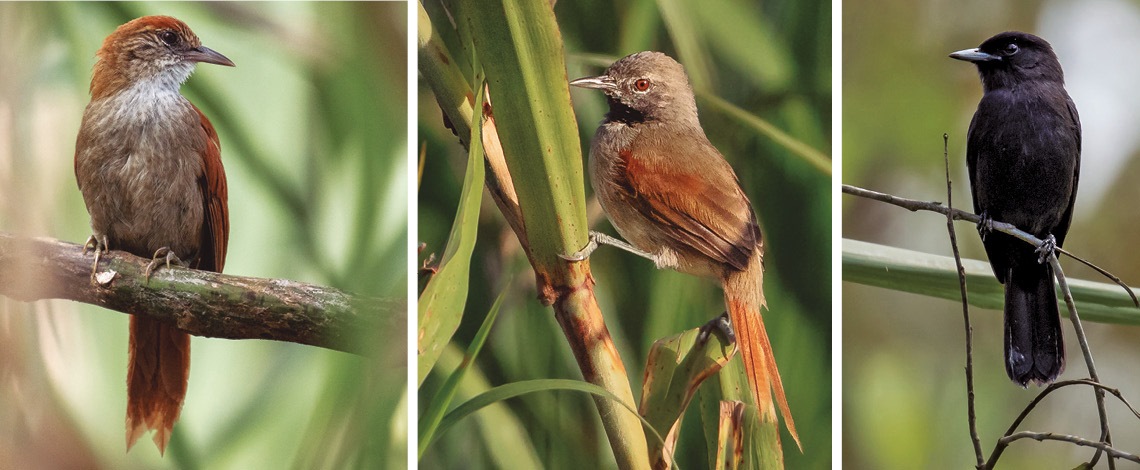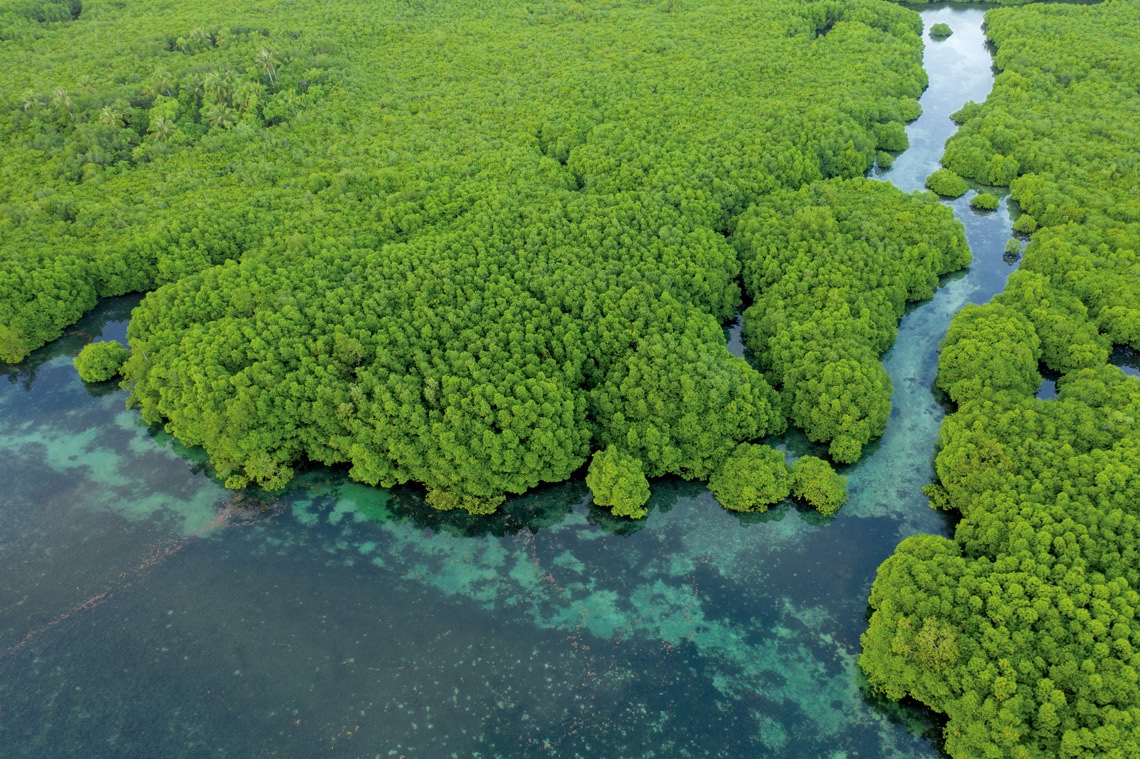The Amazonian landscape and diversity of bird species evolved together, says a study led by researchers from the University of São Paulo (USP) and the Brazilian National Institute of Amazonian Research (INPA). Tests of 93 sediment samples taken from the banks of major rivers in the region and genome analysis of nine species of birds that live in flooded environments, of which five are frequent on river islands, found that floodplains in the Amazon have grown in the last 11,700 years due to rising sea levels and increased rainfall. Populations of birds that live in these habitats have consequently increased. The number of birds of each species fluctuated over time as their environments were destroyed and rebuilt in response to changing river levels. Among species that live on dry land, populations were more stable, although they can also become isolated when the floodplains expand. This repeated rise and fall has resulted in differences between populations in different parts of the Amazon (Nature Communications, August 23).

Three birds that live mainly on river islands: the white-bellied spinetail (Mazaria propinqua), the riverside tyrant (Knipolegus orenocensis), above; and the Parker’s spinetail (Cranioleuca vulpecula)Hector Bottai /Wikimedia Commons
